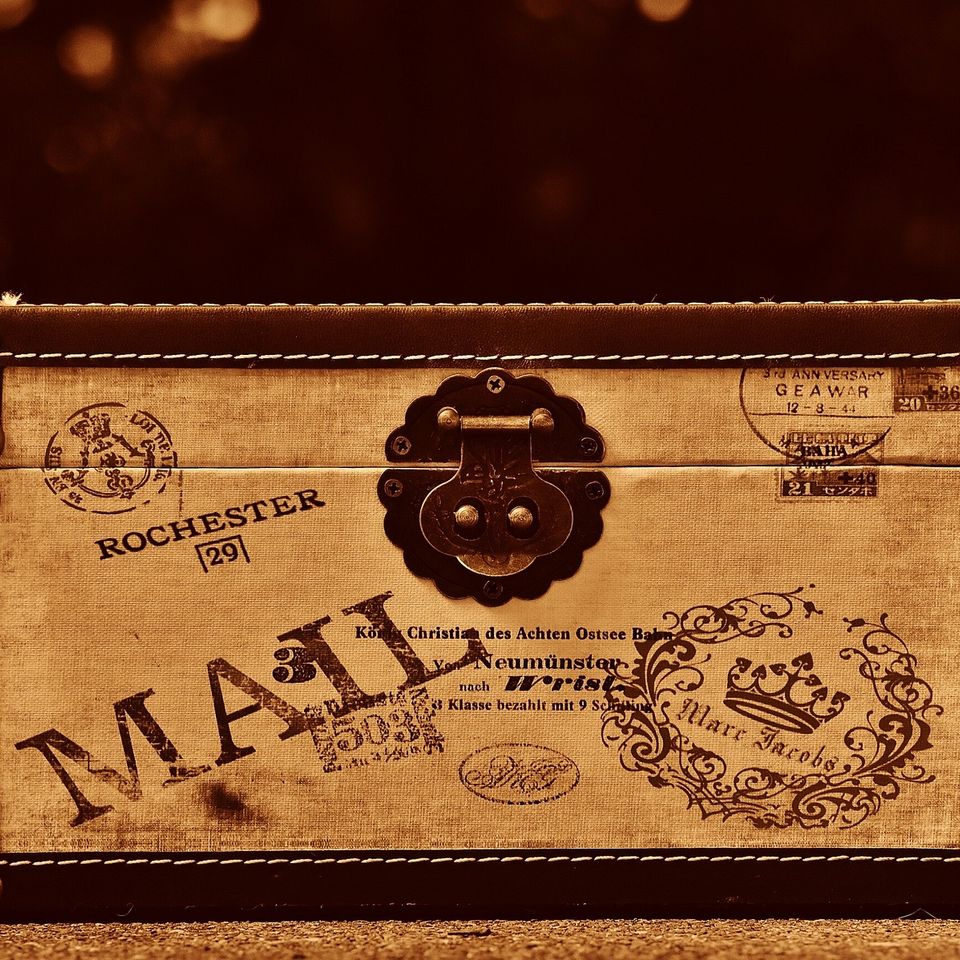_________________________________________________________________________
Ernest Sidney Johnson Sr: family man, mechanic, inventor, entrepeneur
_________________________________________________________________________
Like many of the nineteenth and early twentieth century success stories in the United States, this one begins in Europe. Ernest Sidney Johnson Sr. was born in Hycklinge, Östergötland, Sweden on May 3, 1880. His family immigrated to the United States between 1881 and 1882. There is no evidence of him in the USA again until 1907 when he married Elizabeth Dorothy Rauche in St Joseph, Michigan. She was a lifetime resident of Iowa. Ernest resided in Cedar Rapids, Iowa at the time.
Their first daughter, Margaret, was born in Colorado Springs, Colorado in 1910. Ernest worked as a mechanic in an ironworks. The next time Ernest and Elizabeth show up in records is 1912 when their first son, Ernest Sidney Jr., was born in Washington, Iowa. By 1915 the family was living in Cedar Rapids, Iowa.
Ernest Sr. was a salesman while he lived in Cedar Rapids. It is not clear what he sold but surely something inspired him to start creating gadgets. His first US Patent was a device to perforate bank checks. It was filed in December 1916 and issued in December 1917. Johnson was 36 years old. He probably spent his spare time tinkering with those gadgets using his mechanical skills, until he produced an invention novel enough to patent. Johnson was then residing in Waterloo, Iowa.
Ernest’s trail next lead to Webster City (originally Newcastle), Iowa. He had moved his growing family again. His 1917 draft registration card shows an address in Webster City. He may have needed a facility to produce his inventions, therefore he purchased a hog trough manufacturing plant. The company changed names twice as it attracted investors and expanded. Elizabeth gave birth to another daughter Justine in 1918. Sadly, Margaret passed away in the same year. The Johnson’s youngest son John R. was born in 1920.
Five more of his patents were issued between 1917 and 1918. Four of them dealt with devices for the care of animals. The fifth was an automatic typewriter actuator. Johnson patented one final device for animal care in 1919. The five animal stock care patents were certainly in support of the core business, but Ernest had much larger ideas. He was working concurrently on other gadgets. Ernest filed for patents for the growing leisure, domestic appliance, and automotive industries. He filed eight more patents between 1919 and 1926. A total of twenty-five patents, with Ernest as inventor or co-inventor, were issued by 1934.
Continuing to grow his manufacturing and sales business, Ernest joined forces with A.S. Knapp Company of St Louis. Johnson continued to live and run appliance manufacturing in Webster City. In 1931 K-M’s appliance research and development, and manufacturing moved to Belleville, Illinois.
The 1930 census shows 20-years old Lota M. Knapp living with the Johnsons in Webster City as a servant. Lota continued living with Elizabeth in Belleville after Ernest Senior’s death. In 1940 Lota was still Elizabeth’s servant in Decatur, Illinois.
Johnson moved his family to Belleville in September 1931. He passed away from complications related to gallstone surgery



